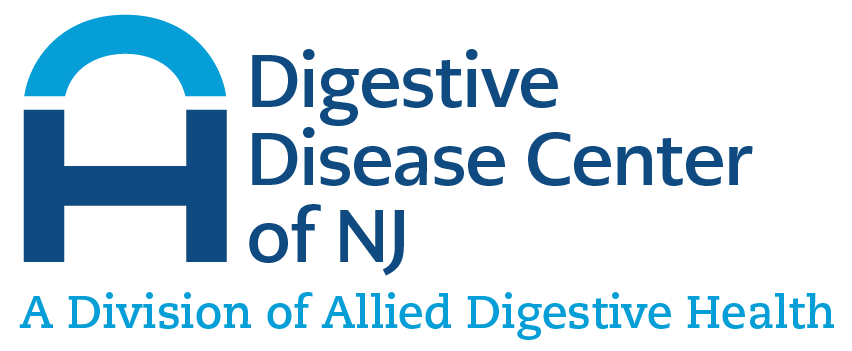What Is Peptic Ulcer Disease (PUD)?
Peptic ulcer disease (PUD) consists of open sores (ulcers) on the lining of the stomach and the top portion of your small intestine (duodenum). There are two types of peptic ulcers—gastric ulcers are open sores on the stomach lining, and duodenal ulcers are open sores on the upper part of your small intestine. Peptic ulcers vary widely in severity, and some patients may be completely asymptomatic, while others will experience noticeable symptoms, such as stomach pain. Researchers have discovered two primary causes of PUD: Helicobacter pylori (H. pylori) infection and overuse of nonsteroidal anti-inflammatory drugs (NSAIDs).
What Are the Common Symptoms of Peptic Ulcer Disease (PUD)?
The most common symptom of peptic ulcer disease is burning stomach pain. If you notice that acidic foods and being on an empty stomach make the pain worse, that’s a sign of peptic ulcer disease. Those with PUD can sometimes alleviate symptoms by eating meals or avoiding certain foods, with noticeable symptoms between meals and at night. Many of those with PUD have no symptoms at all. Other symptoms of peptic ulcer disease include:
- Persistent heartburn
- Nausea
- Inability to eat high-fat foods
- A feeling of being full
- Bloating
These are all common symptoms of any type of gastrointestinal distress, and sometimes it can just be sporadic heartburn, for instance, when you eat spicy foods. But, if these symptoms persist longer than a day or two, you should consult your gastroenterologist.
If peptic ulcers are severe, more serious symptoms are associated with them. Serious, yet rare, symptoms of PUD include:
- Vomiting blood
- Unintended weight loss
- Unexplained loss of appetite
- Trouble breathing
- Blood in the stool or black, tarry stools
If you’re experiencing these more acute symptoms, you should seek help more urgently, from your local emergency room to urgent care, to your gastroenterologist.
What Are the Causes of Peptic Ulcer Disease?
Peptic ulcers form when the acid or other noxious agents in the upper gastrointestinal tract slowly eat away at the stomach lining or duodenum. As the mucosal wall begins to erode and weaken, painful sores can appear, and these are peptic ulcers. Researchers have pinpointed two primary causes of ulcers, although there are other more rare causes as well.
Bacteria are the most common cause of PUD. H. pylori is a common bacteria, and it’s estimated that 50 percent of the world’s population has an H. pylori infection, however, if symptoms don’t appear, the patient never knows they have an infection. It’s suggested that H. pylori, which is very contagious, is passed from child to child during early childhood. You can also contract H. pylori by kissing someone that has the disease, through dental plaque, and through germs from unwashed hands after having a bowel movement. Some also believe it is present in contaminated water and food.
Overuse of NSAIDs is the second most common cause of peptic ulcer disease. NSAIDs include over-the-counter pain relievers, such as ibuprofen, naproxen, and aspirin. You may also know NSAIDs by their common brand names, such as Advil (ibuprofen) and Aleve (naproxen). If you’re experiencing distress to the point of taking daily NSAIDs, you should seek medical attention for the underlying condition. Over time, NSAIDs eat away at the mucosal wall.
Am I At Risk for Peptic Ulcer Disease (PUD)?
While the two leading causes of PUD are H. pylori infection and NSAID use, other external factors can place you at a higher risk of developing peptic ulcers. Smoking cigarettes, moderate-to-heavy alcohol consumption, eating spicy foods, and having a high level of stress can put you in a higher risk category. It’s recommended to quit smoking, enjoy spicy foods and alcohol in moderation, and manage stress levels.
How Is Peptic Ulcer Disease (PUD) Diagnosed?
If peptic ulcer disease is suspected after discussing your symptoms with your physician, certain tests may be ordered to confirm the diagnosis.
Your doctor may order a blood test, a breath test or stool sample to see if H. pylori are present. For a breath test, you ingest radioactive carbon and then exhale into a bag. The bag is then analyzed, and if carbon dioxide is found, H. pylori are most likely present. A stool sample or blood test can also show the presence of H. pylori.
An upper GI series is another standard test to detect PUD or a number of other gastrointestinal issues. For this test, you swallow barium (contrast), and then X-rays are taken. The barium “lights up” your esophagus so your physician can see if there are any problematic areas. This is also known as a barium swallow.
Upper endoscopy is another option. During this endoscopy, your physician will place a long, thin tube with a camera attached to the end of it to get a better look at your upper gastrointestinal tract. This is an outpatient procedure, but involves sedation, so ensure you have someone to drive you home.
How Is Peptic Ulcer Disease (PUD) Treated?
Peptic ulcer disease is typically treated with medication, but the course of treatment depends on the root cause of PUD. Some medications often used for PUD include:
- Antibiotics. If H. pylori infection is found, antibiotics are used to kill the bacteria. You may have to try several different antibiotics, along with other acid-reducing medications, to kill the infection.
- Proton pump inhibitors. These are acid-reducing medications that block the production of acid, and promote healing.
- Histamine (H2) blockers. These medications reduce acid production in the stomach.
- Antacids. Your doctor may suggest an antacid in addition to the prescribed medications, in order to neutralize stomach acid.
Most peptic ulcers respond well to treatment, but ulcers can return, particularly if lifestyle choices are aggravating them.


